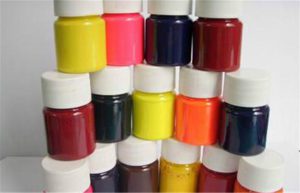
What are the conditions for organic dye dyeing and good dyeing?
Organic dyesDyeing is to immerse the anodized parts in organic dyes In the solution, the dye penetrates into the pores of the membrane layer and is adsorbed by the membrane layer to achieve the purpos…
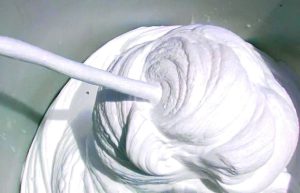
The difference between foam glue and foaming agent
Foam glue ~ It is a special polyurethane product that fills polyurethane prepolymer, foaming agent, catalyst and other components into a pressure-resistant aerosol can. When the material is sprayed fr…
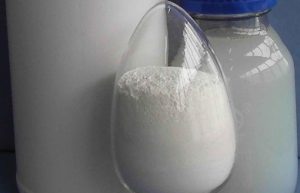
What are the technical parameters and applications of activated alumina?
Activated Alumina Product introduction: Also known as activated alumina. Activated alumina is made of high-purity alumina through scientific preparation and catalytic finishing. Alumina used in cataly…
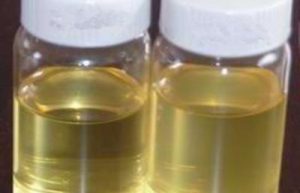
What are the properties and uses of acrylic resin?
” >Acrylic resin Introduction Acrylic resin is a resin made from the copolymerization of acrylates, methacrylates and other olefinic monomers , By selecting different resin structures, formul…
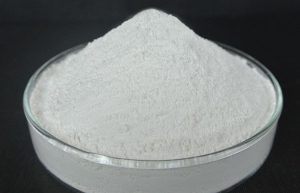
What are the advantages and disadvantages of PVC heat stabilizers?
Thermal stabilizermust be able to capture the autocatalytic HCL released by PVC resin, or be able to react additively with the unstable polyolefin structure produced by PVC resin to prevent or Reduce …
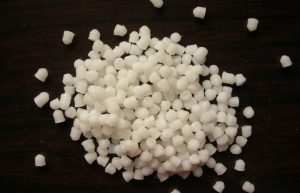
What are the types and characteristics of flame retardants?
There are many types of flame retardants, which can be divided into: organic flame retardants and inorganic flame retardants. The representative flame retardants are chlorine-based, bromine-based, pho…
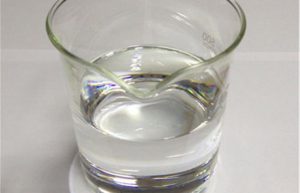
Application of silicone oil in textile dyeing and finishing production
Silicone oil Usually refers to linear polysiloxane products that remain liquid at room temperature. They are generally colorless (or light yellow), odorless, non-toxic, and non-volatile liquids. Their…
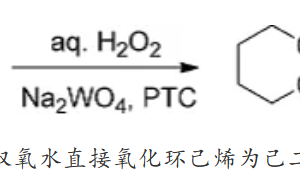
Preparation and use of adipic acid_Kain Industrial Additive
Adipic acid, also known as fat acid, is a carboxylic acid organic compound. It is a white crystalline powder, slightly soluble in water, and is acidic when dissolved in water. As the basic building bl…
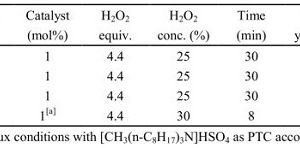
The Past and Present of Adipic Acid Synthesis Process_Kain Industrial Additive
As the basic building block of a variety of chemical products, adipic acid is by far the most important aliphatic dicarboxylic acid in industrial production[1], with approximately 300 production world…



